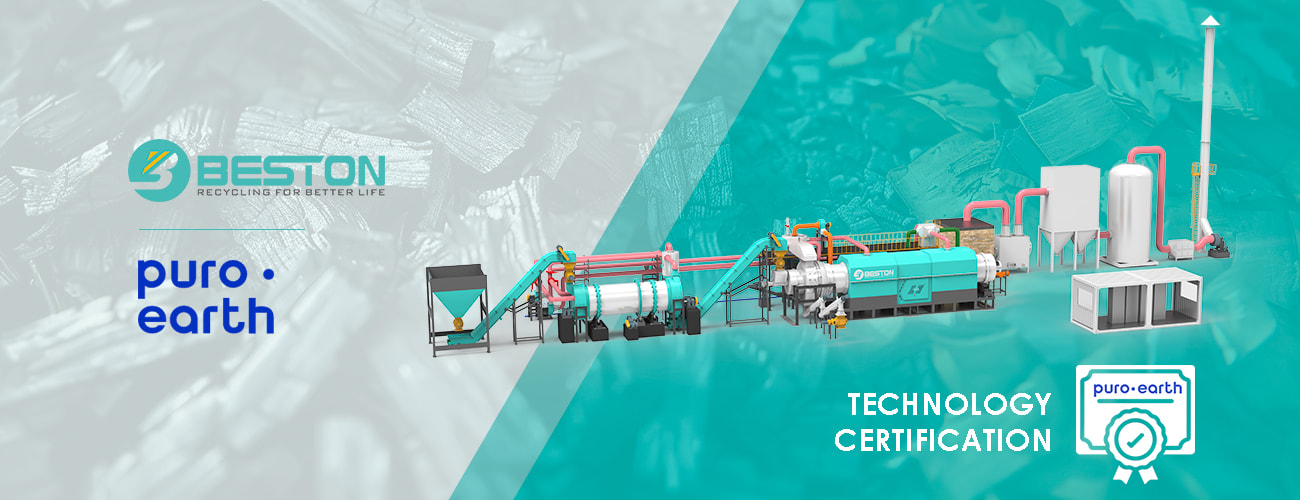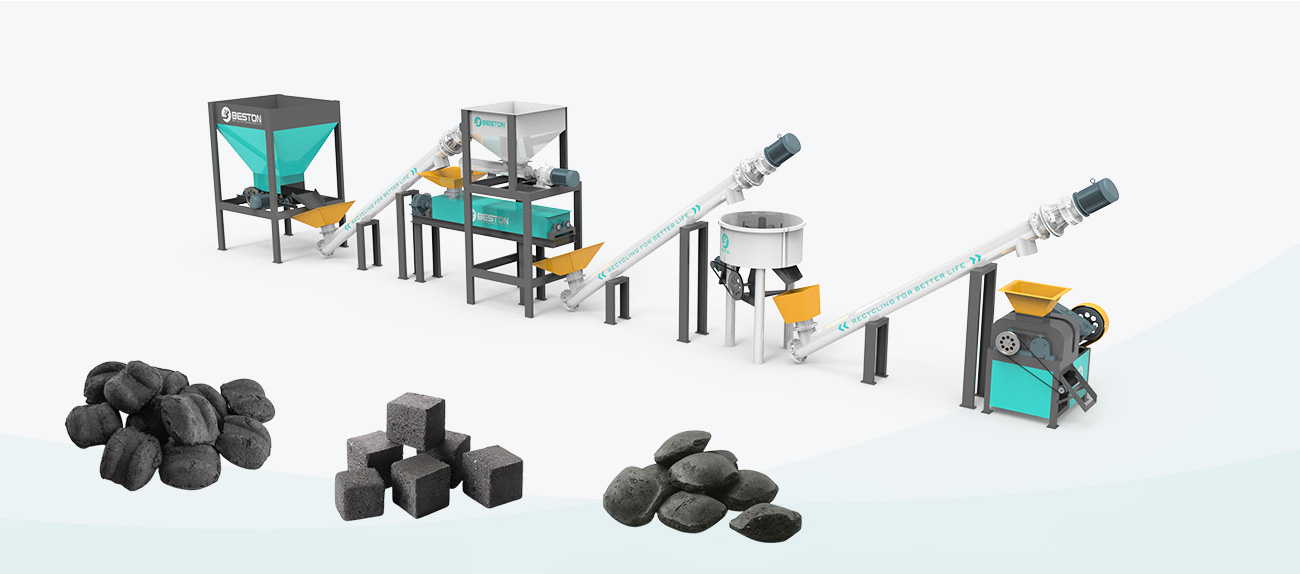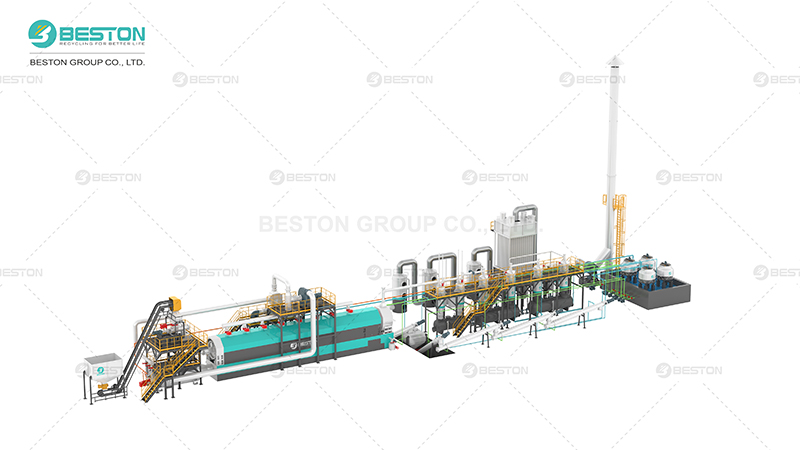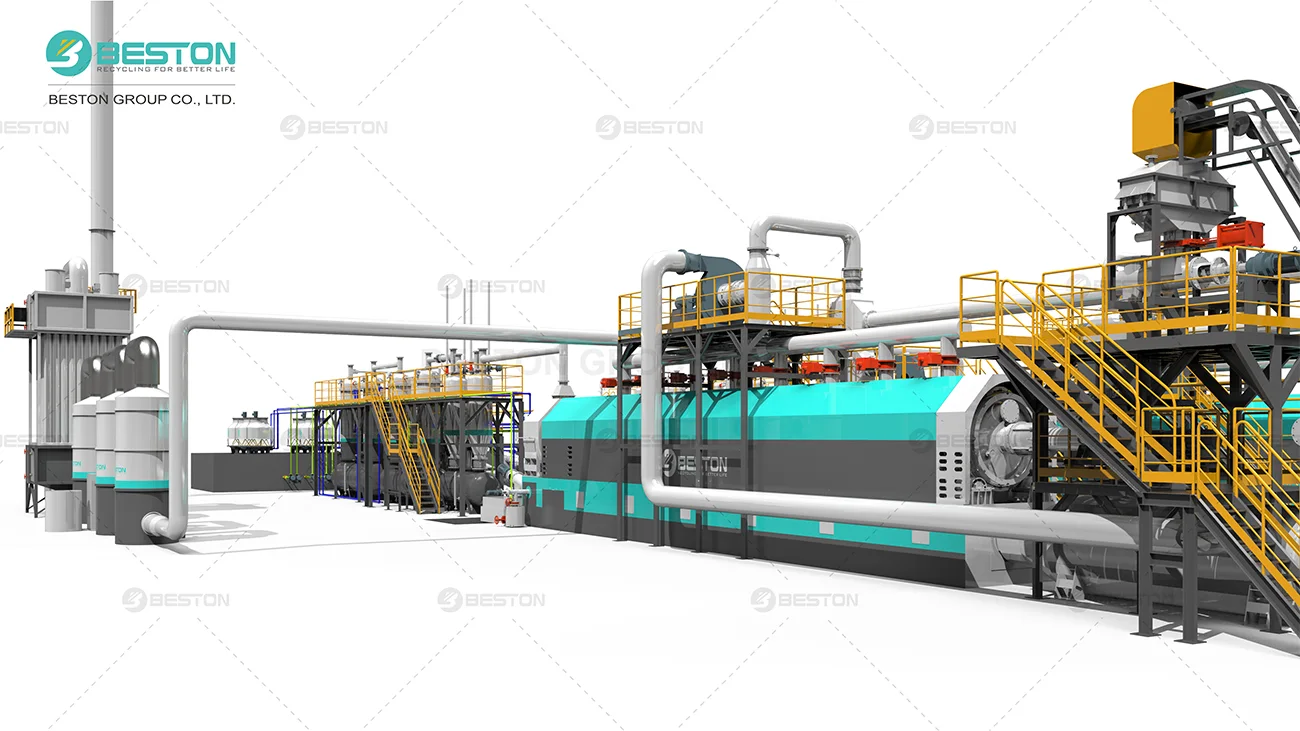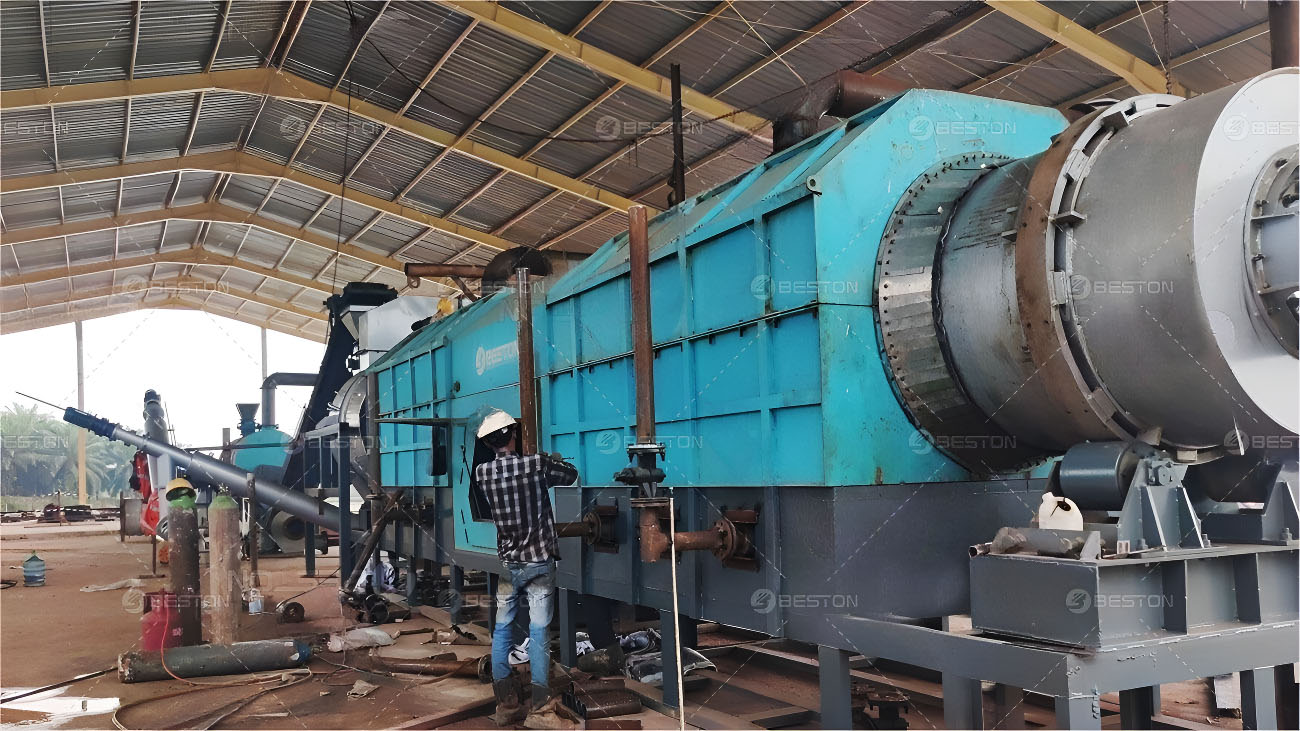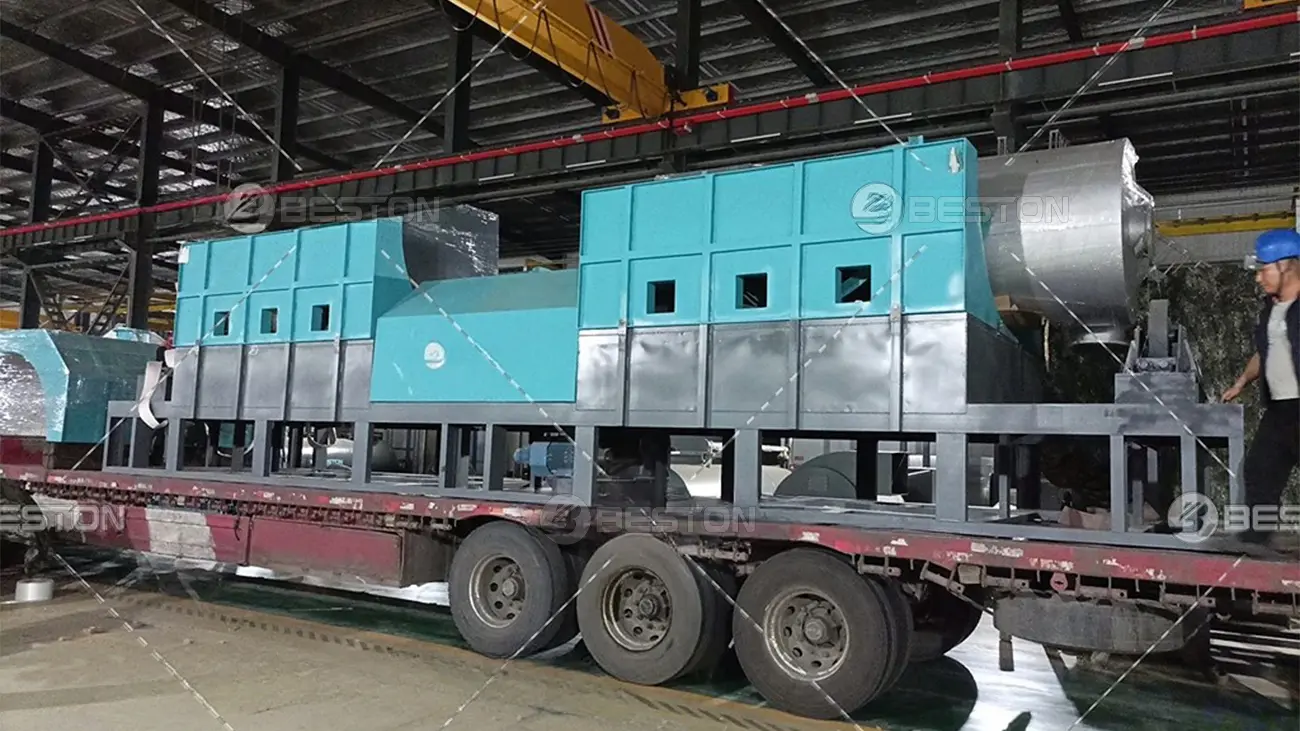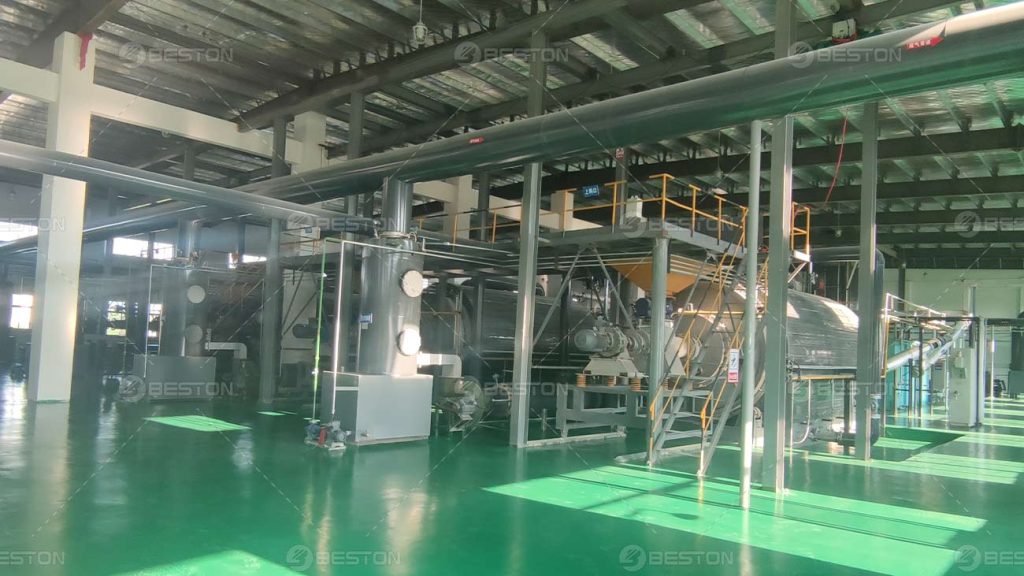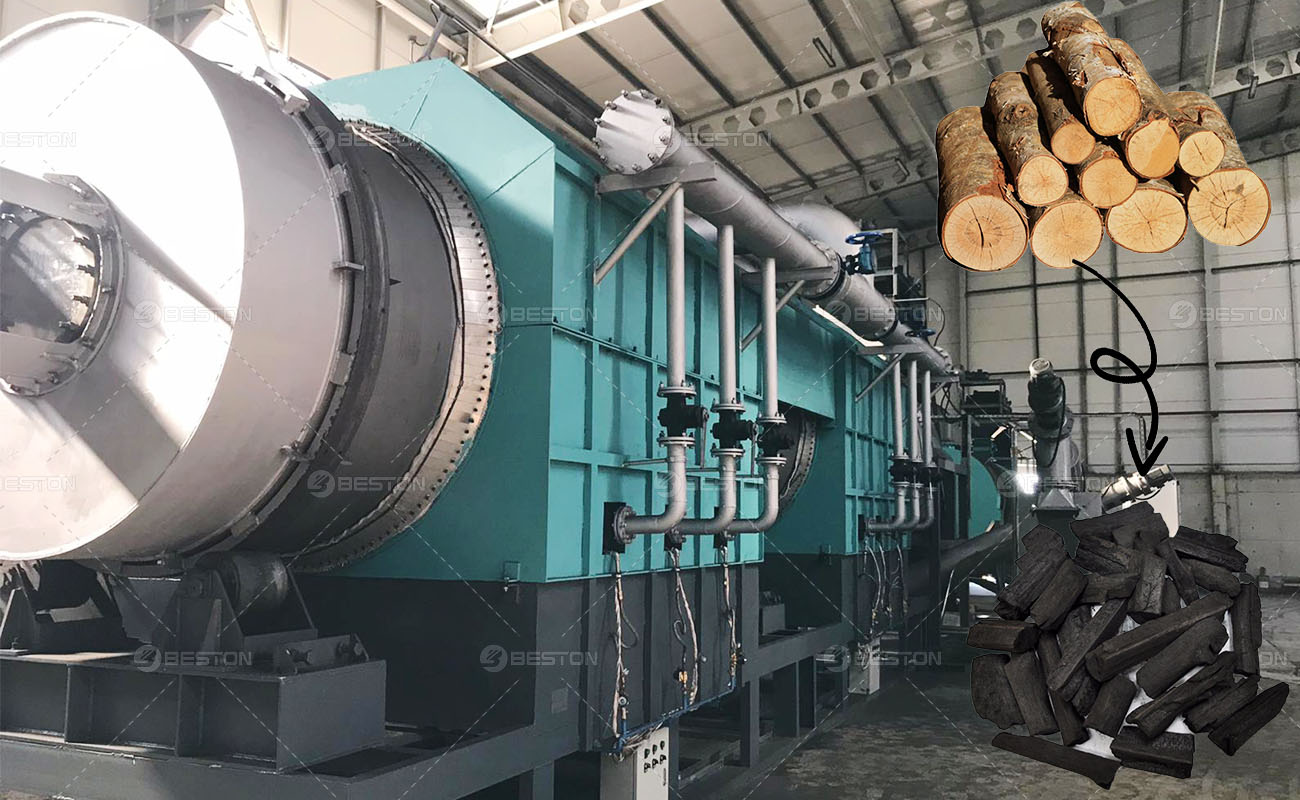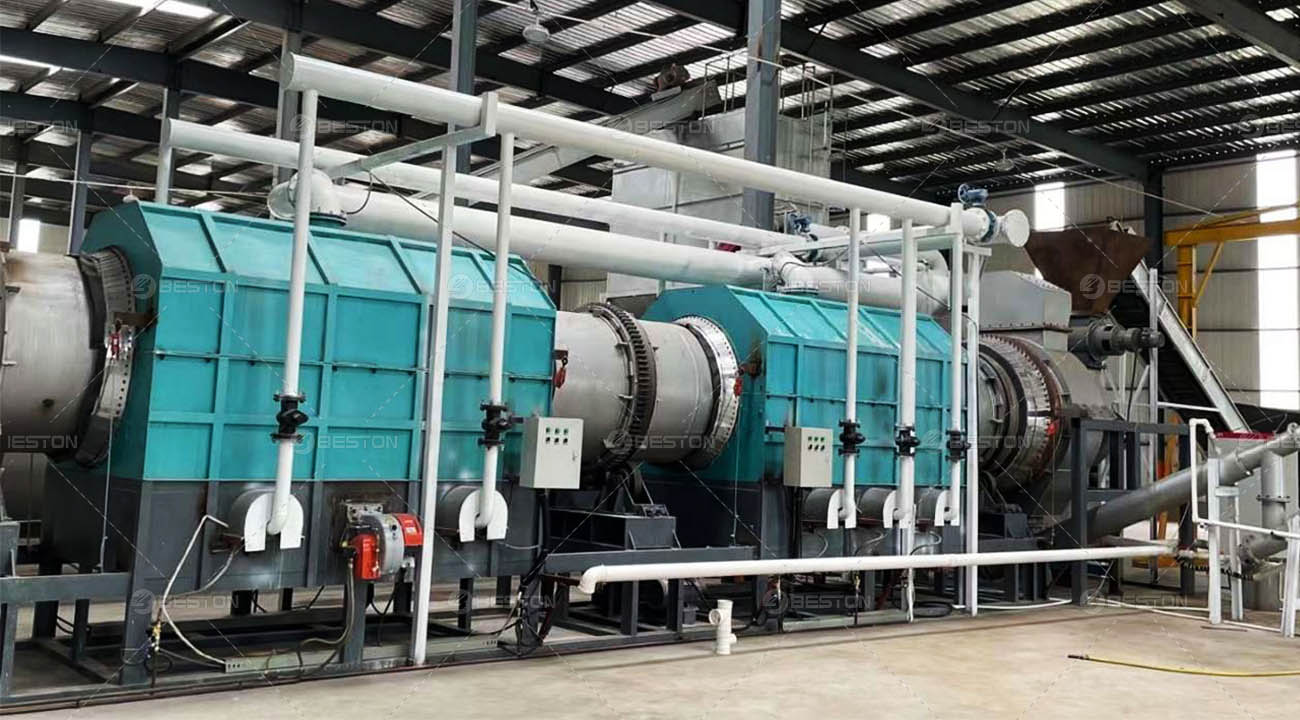Tyre pyrolysis is an increasingly popular waste-to-energy technology that offers multiple avenues for profitability. As the global demand for sustainable waste management solutions grows, the viability of converting end-of-life tyres into valuable byproducts has become a prominent industry. This process, carried out in a pyrolysis plant, allows for the transformation of tyres into a range of commercially viable products. The profitability of a tyre pyrolysis project lies not only in the sale of these products but also in the ability to optimize the entire pyrolysis process. Understanding the profit channels involved is essential for investors and operators in the sector.
1. Sale of Pyrolysis Oil
One of the most lucrative byproducts of tyre pyrolysis is pyrolysis oil, which can be refined and used as an industrial fuel or even as a substitute for traditional petroleum-based products. Pyrolysis oil is a highly valuable commodity, especially in regions with high energy demand. In a well-operated pyrolysis unit, the yield of oil can vary depending on the pyrolysis temperature and feedstock used, but typically, around 40-45% of the tyre’s weight is converted into oil. The oil produced is often sold to industries such as power plants, cement plants, and steel mills, where it can be used as an alternative energy source.
2. Carbon Black Production
Another significant profit stream comes from carbon black, a fine powder derived from the carbonaceous material in tyres. Carbon black is used in a wide range of industries, including rubber manufacturing, electronics, and plastics, making it a high-demand product. With the increasing interest in sustainability, companies are turning to recycled carbon black to meet their environmental goals. In a tire pyrolysis plant, carbon black can be collected as a solid product during the thermal decomposition of tyres. It can be further processed and purified for resale, making it a key profit driver.
3. Steel Scrap Recovery
Tyres contain a significant amount of steel, typically in the form of reinforcing wires. During the pyrolysis process, these steel wires are separated from the rubber and can be recovered for resale. Steel scrap from tyres is valuable in the metals market, as it can be recycled and reused in various industries. The recovery of steel can be an additional revenue source, as the market for scrap steel continues to remain strong. Steel scrap recovery also contributes to the overall efficiency and sustainability of a continuous pyrolysis plant by reducing the need for virgin raw materials in steel production.
4. Utilization of Syngas
The pyrolysis of tyres generates syngas, a mixture of gases that can be used to fuel the pyrolysis plant itself. Syngas consists mainly of methane, hydrogen, and carbon monoxide, and can be utilized as a fuel source for the process, reducing reliance on external energy sources. By capturing and utilizing this gas, a tyre to oil plant can significantly cut its operating costs, contributing to profitability. In some cases, excess syngas can even be sold to local industries or converted into electricity, providing an additional stream of revenue.
5. Byproducts for Alternative Uses
Besides the main products, tyre pyrolysis generates other valuable byproducts, including solid char. This solid residue, also known as biochar, has a range of potential applications. In agricultural markets, biochar is utilized as a soil amendment to improve soil fertility and water retention. Additionally, biochar can be used in carbon sequestration projects, allowing companies to sell carbon credits or contribute to sustainability efforts. These byproducts may not constitute the primary revenue stream but can serve as valuable supplementary products, especially in niche markets.

6. Environmental and Regulatory Incentives
Governments and environmental organizations around the world are increasingly offering financial incentives for businesses that contribute to sustainability and waste reduction. Tyre pyrolysis projects that reduce landfill waste and create valuable secondary products are often eligible for grants, tax incentives, and carbon credits. These incentives can significantly improve the profitability of a pyrolysis plant by providing financial support or generating additional revenue streams through carbon offset programs.
7. Global Market Expansion
As global markets shift towards circular economies and sustainable practices, the demand for recycled tyre products is expected to rise. Investing in a pyrolysis plant opens the door to both local and international markets. With a robust and scalable operation, a tyre pyrolysis plant can access markets worldwide, where the demand for renewable energy and recycled materials is expanding. Exporting products like pyrolysis oil, carbon black, and steel scrap offers significant growth potential for operators, especially as recycling and waste-to-energy technologies become more mainstream.
Optimizing Pyrolysis Plant Efficiency
Maximizing the profitability of a tyre pyrolysis project requires careful management of operational efficiency. Factors such as temperature control, feedstock quality, and reaction time all play a role in determining the yield and quality of the products. Advanced pyrolysis plant designs are equipped with automated systems that optimize these parameters to ensure consistent output and minimize operational costs. Moreover, optimizing the integration of syngas usage and the recovery of valuable materials such as steel and carbon black can further enhance the bottom line.
In conclusion, tyre pyrolysis offers multiple revenue streams, from the sale of valuable products like pyrolysis oil and carbon black to the recovery of steel scrap and syngas. The key to success lies in the efficient operation of the pyrolysis plant, leveraging technological advancements and market opportunities to maximize profitability. With proper management, tyre pyrolysis projects are not only environmentally beneficial but can also be highly lucrative.

